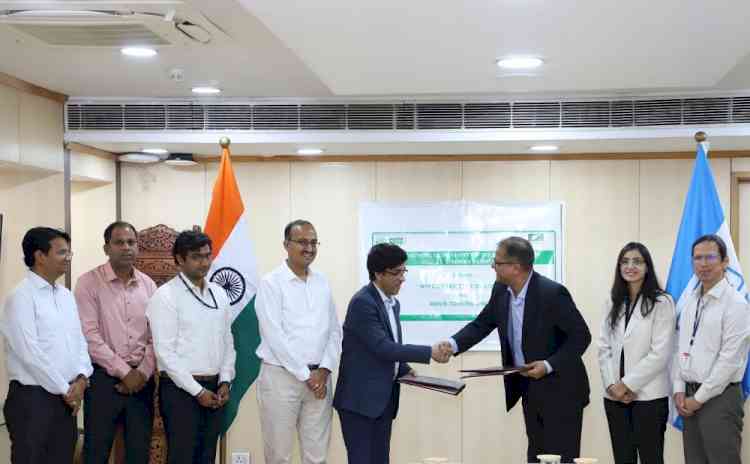New technique to build 'invisible' materials with light
London, July 28 (IANS) A new method of building materials using light could one day enable technologies that are often considered the realm of science fiction, such as invisibility cloaks and cloaking devices. Developed by researchers at University...

London, July 28 (IANS) A new method of building materials using light could one day enable technologies that are often considered the realm of science fiction, such as invisibility cloaks and cloaking devices.
Developed by researchers at University of Cambridge, the technique can be used to control the way that light flies through them and works on large chunks all at once.
The key to any sort of "invisibility" effect lies in the way light interacts with a material.
When light hits a surface, it is either absorbed or reflected, which is what enables us to see objects.
However, by engineering materials at the nanoscale, it is possible to produce "metamaterials".
"These are materials which can control the way in which light interacts with them. Light reflected by a metamaterial is refracted in the 'wrong' way, potentially rendering objects invisible, or making them appear as something else," explained Dr Ventsislav Valev from Cambridge University's Cavendish Laboratory.
The new technique involves using unfocused laser light as billions of needles, stitching gold nanoparticles together into long strings, directly in water for the first time.
These strings can then be stacked into layers one on top of the other, similar to Lego bricks.
The method makes it possible to produce materials in much higher quantities than can be made through current techniques.
Metamaterials have a wide range of potential applications, including sensing and improving military stealth technology.
However, before cloaking devices can become reality on a larger scale, researchers must determine how to make the right materials at the nanoscale, and using light is now shown to be an enormous help in such nano-construction.
The study appeared in the journal Nature Communications.

 cityairnews
cityairnews 















